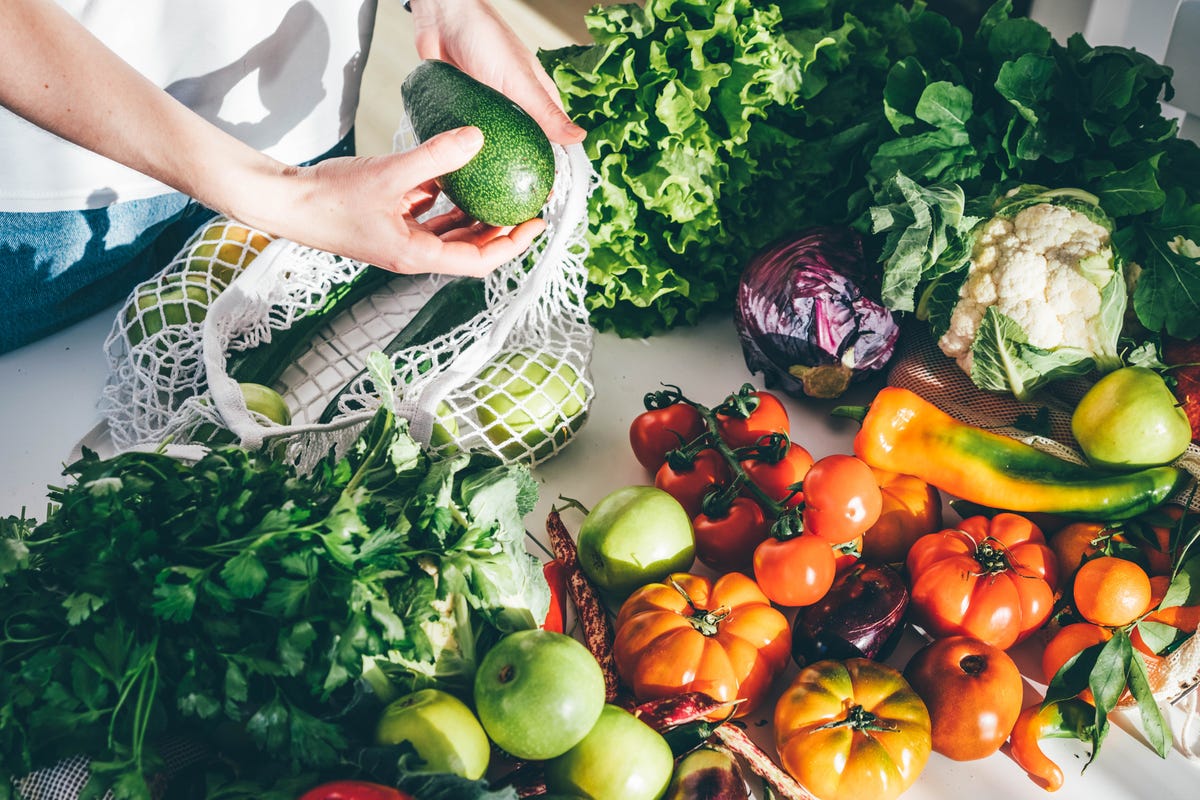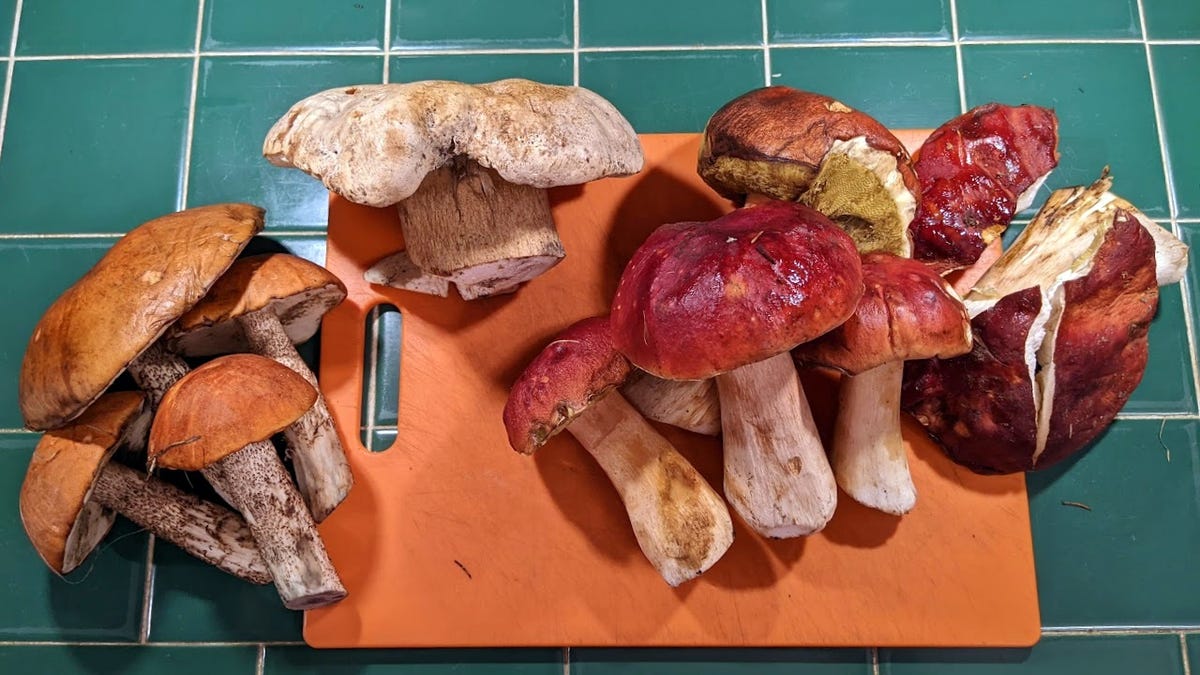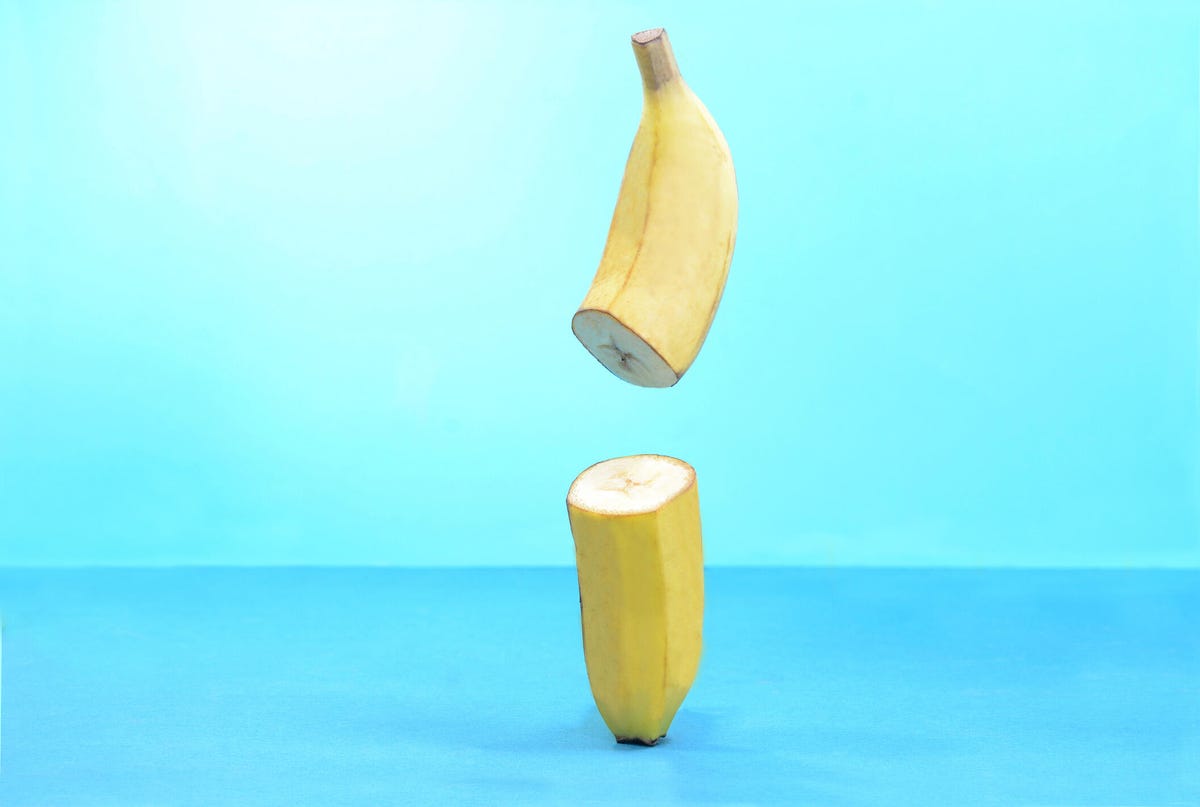
We’re all about getting down to zero waste, and vacuum sealing food is just about the best way to keep excess groceries from going bad.
The life of some foods will be extended for weeks, even months when vacuum sealed in plastic to remove air and placed in the fridge, freezer or pantry. But other foods don’t react well to vacuum sealing and can even cause food to spoil more quickly or develop botulism and other harmful toxins.
Charles Haverfield, a food packaging expert with US Packaging and Wrapping, shared his tips for vacuum sealing and why you should never use this household shrink wrap process to preserve certain foods.
Soft and unpasteurized cheese

Brie very careful not to vacuum seal soft cheeses.
According to Haverfield, soft cheeses should not be vacuum sealed as they can “host anaerobic bacteria, which thrive without oxygen.” Cheeses like Camembert, Brie, feta and soft mozzarella are susceptible to this condition and should be eaten as soon as possible after purchase.
If vacuum sealed, they may develop an unpleasant smell when you reopen them. It’s best to keep these cheeses in their original packaging.
Read more: Store Cheese Properly and You’ll Extend Its Life by Days, Even Weeks. Here’s How
Vegetables, raw and cooked

There are smart ways to preserve fresh and cooked vegetables but vacuum sealing isn’t one of them.
Some produce is at risk of going bad just a few days after bringing it home — looking at you, avocados — but vacuum sealing isn’t the answer. “Cooked and raw vegetables like broccoli, cauliflower and cabbage emit gasses when stored,” says Haverfield, “and vacuum sealing them can cause gas build-up, which could burst the bag.
“To correctly store vegetables, you should freeze them. Do this by first blanching them in boiling for 2 [to] 5 minutes depending on the vegetable, then immediately transfer them to an ice bath for the same amount of time to stop the cooking process. This will preserve their color, texture and nutritional value. Dry them thoroughly before freezing on a flat tray and store them in a resealable, airtight bag.”
Read more: Save Money at the Grocery Store by Stretching How Long Your Food Lasts. Here’s How
Fermented foods

Kimchi is good on almost everything, but it’s not such a good food to vacuum seal.
Like raw and cooked vegetables, fermented foods release gasses which will expand in the airtight vacuum sealed bag. The risk is that this could explode in your fridge, leaving you with a pungent mess to clean up in your fridge.
It is best to keep fermented foods stored as instructed in the glass jar they were bought in, or if you have made your own, store it in a resealable package. Each time the jar or packaging is opened, any gasses are released.
Raw mushrooms

Raw mushrooms are best kept in a paper bag in the fridge.
Vacuum sealing is meant to keep foods fresh longer, but that’s not always the case. “Mushrooms can actually spoil faster when vacuum sealed,” Haverfield explains. “They contain a lot of moisture and quickly turn slimy when confined to airtight packaging.”
The best place to store mushrooms is a simple brown paper bag in the fridge.
Raw garlic and onion

Raw garlic and onions can develop botulism if vacuum sealed.
Raw garlic and onion are the building blocks of so many dishes, so every chef likes to have them on hand. That said, if you stock too much, don’t vacuum seal these tasty alliums or you’ll run the risk of botulism, according to Haverfield, a potentially fatal illness., You can vacuum seal them, however, if they are frozen beforehand.
Berries

Most berries are too soft to vacuum seal.
Super-soft foods don’t make a great candidate for vacuum sealing, either, which explains the next two entries on this list. “Due to softness,” Haverfield says,”berries are not good for vacuum sealing and the pressure will squash them, damaging their outer skins and leading to faster spoilage.”
“Instead, rinse your berries in a colander, gently toss them about to release any trapped water and place them in an airtight container that is lined with a paper towel.” Or freeze them for a pie or smoothie later.
Bananas

Mushy bananas are good for baking bread but not much else.
Mushy, brown bananas may be good for baking banana bread but they don’t make such good eats. Haverfield explains how bananas can turn mushy and brown when vacuum sealed due to their high ethylene gas production.
“To preserve bananas,” he continues, “it’s better to peel and freeze them in slices or chunks on a shrink-wrap-covered flat tray first, then transfer them to a resealable, airtight bag for long-term storage.”
For more kitchen tips, see the 7 foods you should never put in an air fryer and learn how to get stained cookware sparkling again with common pantry ingredients.




















+ There are no comments
Add yours